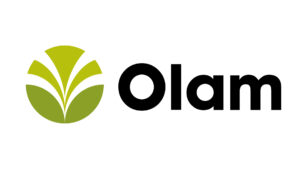
India has unveiled a ₹22,919 crore (S$3.62 billion) incentive scheme aimed at enhancing domestic production of electronic components and reducing reliance on imports, particularly from China
India has announced a new six-year incentive scheme worth ₹22,919 crore (S$3.62 billion) to promote domestic manufacturing of electronic components. This move builds upon the experience of the Production-Linked Incentive (PLI) scheme introduced in 2020 and aims to deepen the country’s integration into global value chains while improving local value addition.
Unveiled by the government in 2025, the scheme targets critical components such as display modules, printed circuit board assemblies, lithium cell enclosures, resistors, and capacitors. These are essential to a wide range of consumer electronics including smartphones, laptops, microwave ovens, and refrigerators. The initiative links subsidies to three key performance indicators: employment generation, capital expenditure, and annual production output.
According to government estimates, the scheme is expected to create at least 91,600 direct jobs and attract incremental investments of ₹59,350 crore (S$9.38 billion), while generating a total production value of ₹4.56 trillion (S$700 billion). The Ministry of Electronics and Information Technology is also in discussions with other ministries to address labour reforms and import duty structures that would support the scheme’s success.
Despite the success of the 2020 PLI scheme in attracting companies like Apple and Samsung, India’s domestic value addition remains low, around 15–20 per cent. With China holding a dominant position in electronics component production, India seeks to raise its local value addition to 30–40 per cent. An internal assessment by the Ministry revealed a massive gap between component supply and demand, highlighting the urgency of boosting domestic manufacturing capacity to achieve the government’s self-reliance goals under the Atmanirbhar Bharat initiative.
Source: Institute of South Asian Studies (ISAS-NUS)















